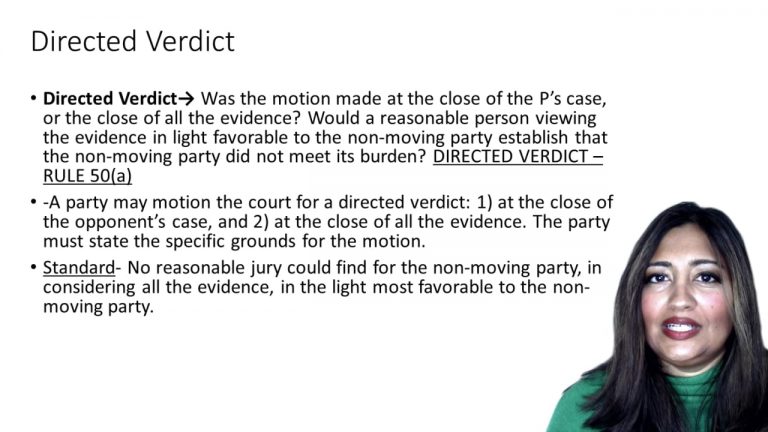SmartBrief
Confirm favorite deletion?
Criminal Law Keyed to Lee
People v. Williams
Citation:
25 Cal.4th 411, 21 P.3d 1209, 106 Cal.Rptr.2d 295 (2011)Facts
The defendant, who was eighteen years old, was charged with rape. He testified that he engaged in consensual sexual intercourse with his sixteen year old girlfriend, Jennifer B. The girlfriend testified that the defendant forced her to engage in intercourse by threatening her with knifes. At trial, and prior to closing arguments, the court indicted that the jury could convict the defendant of unlawful sexual intercourse with a minor as a lesser offense included within the charged offense of rape.
During the first day of deliberations, the court was made aware of a juror who refused to adhere to the Judge’s instructions to uphold the law in regard to rape and statutory rape. The juror believed the law was wrong and therefore would not listen to any other jurors. The Court questioned the juror outside of the presence of the other jurors, in which the juror stated that they are not willing to follow their oath of rendering a true verdict according only to evidence presented and the instructions of the court. As a result, the court discharged this juror and replaced them with an alternate juror. The defendant was convicted.
Only StudyBuddy Pro offers the complete Case Brief Anatomy*
Access the most important case brief elements for optimal case understanding.
*Case Brief Anatomy includes: Brief Prologue, Complete Case Brief, Brief Epilogue
- The Brief Prologue provides necessary case brief introductory information and includes:
Topic:
Identifies the topic of law and where this case fits within your course outline.Parties:
Identifies the cast of characters involved in the case.Procedural Posture & History:
Shares the case history with how lower courts have ruled on the matter.Case Key Terms, Acts, Doctrines, etc.:
A case specific Legal Term Dictionary.Case Doctrines, Acts, Statutes, Amendments and Treatises:
Identifies and Defines Legal Authority used in this case.
- The Case Brief is the complete case summarized and authored in the traditional Law School I.R.A.C. format. The Pro case brief includes:
Brief Facts:
A Synopsis of the Facts of the case.Rule of Law:
Identifies the Legal Principle the Court used in deciding the case.Facts:
What are the factual circumstances that gave rise to the civil or criminal case? What is the relationship of the Parties that are involved in the case.Issue(s):
Lists the Questions of Law that are raised by the Facts of the case.Holding:
Shares the Court's answer to the legal questions raised in the issue.Concurring / Dissenting Opinions:
Includes valuable concurring or dissenting opinions and their key points.Reasoning and Analysis:
Identifies the chain of argument(s) which led the judges to rule as they did.
- The Brief Prologue closes the case brief with important forward-looking discussion and includes:
Policy:
Identifies the Policy if any that has been established by the case.Court Direction:
Shares where the Court went from here for this case.

 2m 14s
2m 14s